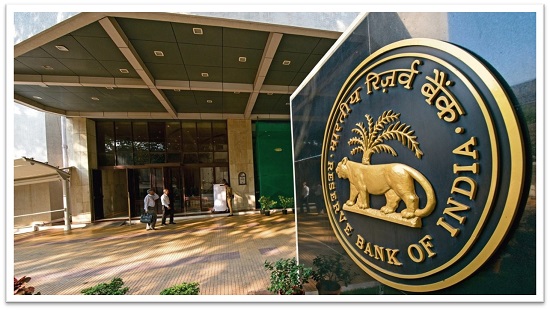
Mumbai’s Landmark Deal: RBI Acquires Nariman Point Plot for ₹34,718 Crore, Strengthening Financial Hub
When institutions make bold moves in real estate, they are not just acquiring land but shaping the geography of power, commerce, and governance. Mumbai, India’s financial capital, witnessed such a defining moment with the Reserve Bank of India’s (RBI) acquisition of a 4.16-acre plot at Nariman Point. The transaction, valued at over ₹34,718 crore, is among the largest land deals in the city’s history.
The purchase reflects more than just RBI’s need for expanded headquarters—it is a statement about the central bank’s long-term presence in Mumbai’s evolving financial ecosystem. For a city balancing modern infrastructure with heritage institutions, this deal demonstrates how public assets can be monetised to generate revenue while reinforcing Mumbai’s global standing as a financial hub.
The Transaction in Detail
The deal was formally registered on September 5, 2025, and carried a stamp duty of ₹2,083 crore, according to data from CRE Matrix, a real estate analytics firm. The plot, located in one of South Mumbai’s most premium business districts, was owned by the Mumbai Metro Rail Corporation Ltd. (MMRC). As part of its asset monetisation strategy, MMRC has been leveraging commercial spaces and land parcels to raise revenue that supports ongoing infrastructure projects.
This transaction is not only significant for its size but also for its timing. The land bid was originally invited last year but extended multiple times due to tepid market response and shifting economic conditions. It was only after careful extensions, finally closing in December 2024, that the opportunity aligned with RBI’s long-term expansion strategy.
MMRC’s Asset Monetisation and Metro Progress
The deal also underscores MMRC’s broader approach to financing urban infrastructure. While the Colaba–Bandra–SEEPZ Metro Line 3 has faced seven years of delays, the corporation has turned to asset monetisation as a key funding tool. The phased commissioning of the line—first between Aarey and Bandra Kurla Complex (BKC), and then up to Worli—has been an important milestone. Yet, the final stretch remains unopened, awaiting a Fire No-Objection Certificate (NOC) and an inspection by the Commissioner of Metro Rail Safety (CMRS).
The missed August 2025 deadline for full operations highlights the persistent challenges of large-scale infrastructure projects. However, by strategically liquidating non-core assets such as land, MMRC is creating financial flexibility to complete pending works and sustain momentum on its flagship metro corridor.
Strategic Outlook
The RBI’s acquisition of Nariman Point land is more than a high-value transaction; it is a convergence of financial strategy and urban development. For the central bank, the expansion strengthens its institutional footprint in Mumbai’s financial district, ensuring room for future growth in a rapidly transforming economy. For MMRC, the deal represents how monetisation of public assets can be a pragmatic response to funding constraints, channeling private capital into public infrastructure.
As Mumbai continues to balance its role as India’s commercial engine with the demands of modern infrastructure, such deals set an important precedent. They remind us that the city’s future will be shaped not only by trains and skyscrapers but also by how effectively institutions leverage land—the scarcest and most strategic resource in urban India.



